This Medieval German Town, Considered One Of The Most Beautiful In Europe, Rests Across 7 Hills
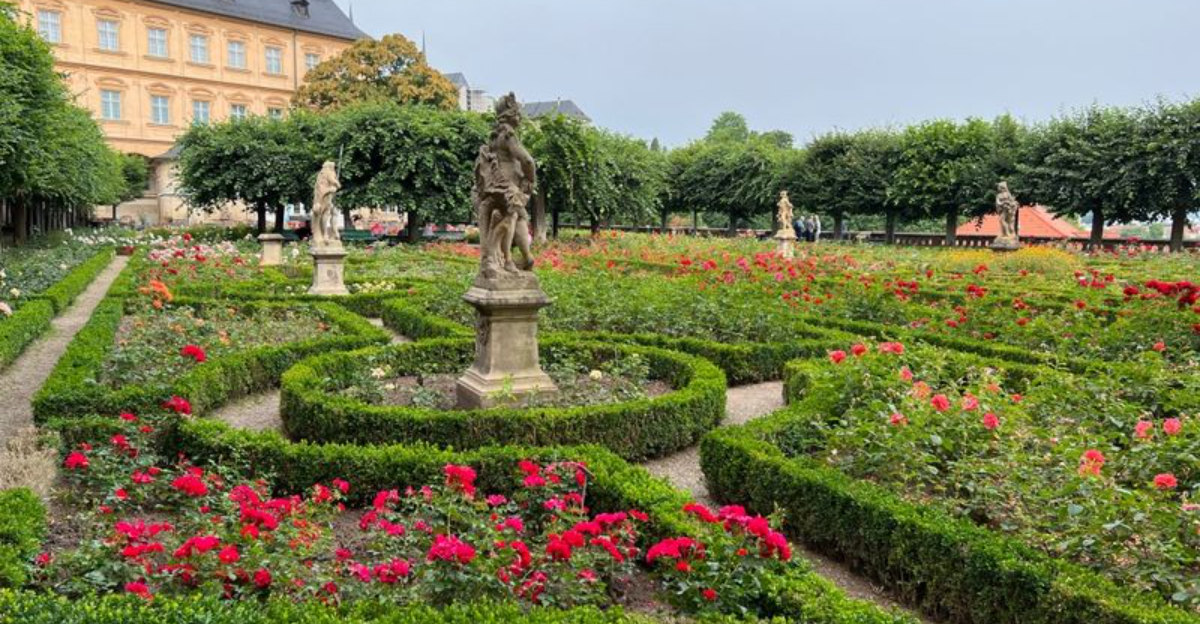
In northern Bavaria, there’s a town that feels like a step back in time—but with all the charm and energy to keep you exploring for days. Cobblestone streets wind past colorful buildings, smoky beer flows from centuries-old breweries, and every corner has a story to tell.
Whether you’re climbing up to a hilltop church or drifting past riverside homes in “Little Venice,” this place pulls you in and doesn’t let go. It’s one of those rare spots that’s just as magical as it looks in the photos.
1. A City On Seven Hills

This remarkable feature draws parallels with the famed Seven Hills of Rome, presenting Bamberg as a city deeply embedded with religious and cultural significance. The steep, winding alleys connecting these hills offer a charming journey through the town’s rich past.
From the serene Michaelsberg Abbey to the grandiose Bamberg Cathedral, each hill provides a unique perspective of the city’s medieval charm. Visitors can enjoy panoramic views that capture the essence of Bamberg’s architectural beauty.
2. UNESCO-Protected Beauty
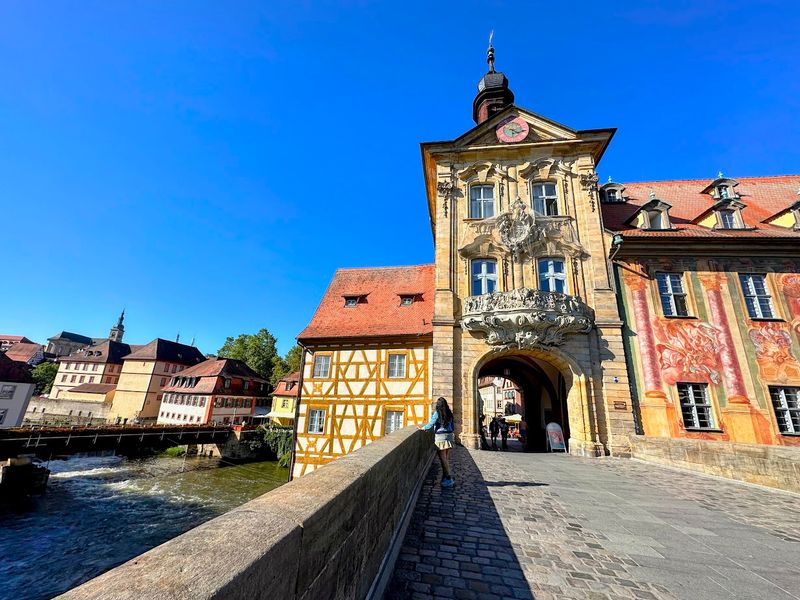
The Altstadt (Old Town) is a UNESCO World Heritage site, celebrated for its well-preserved medieval architecture and urban fabric. Wander through its narrow cobblestone streets and discover a panorama of half-timbered houses, baroque facades, and gothic spires.
The Old Town is split by the Regnitz River, creating a picturesque scene reminiscent of a painting. Here, every corner tells a story, from bustling market squares to tranquil riverside paths. Its historical significance and authentic character make it a living museum of medieval Europe.
3. A Town Hall Like No Other

The Altes Rathaus (Old Town Hall) is an architectural marvel perched on an island in the middle of the Regnitz River, accessible by two charming bridges. Legend has it that the bishop of Bamberg denied the townspeople land for a town hall, so they built it on a bridge.
Its vibrant frescoes and half-timbered facade make it a standout. The interior reveals a treasure trove of art and history, including the Ludwig Collection of porcelain. This iconic building symbolizes the civic pride and ingenuity of Bamberg’s citizens.
4. A Pope’s Final Resting Place
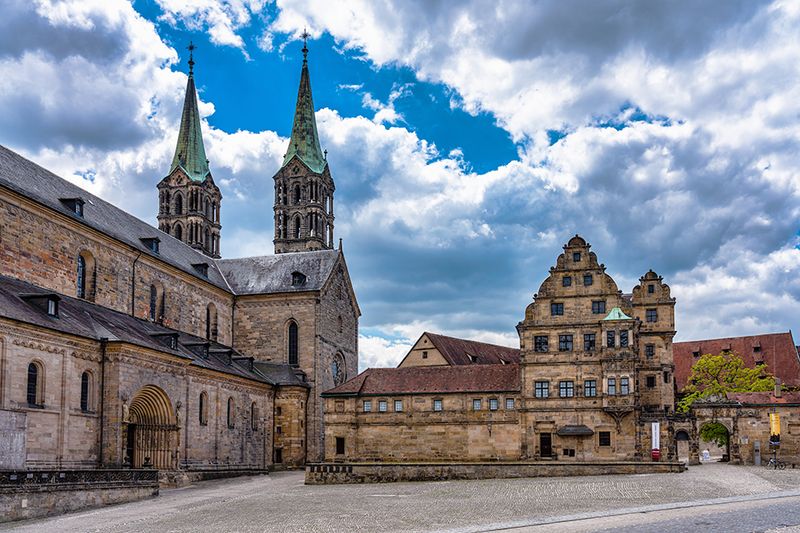
The majestic Bamberg Cathedral, a masterpiece of Romanesque architecture, is the resting place of Pope Clement II. As one of the few cathedrals north of the Alps to house a papal grave, it holds immense spiritual and historical significance.
The cathedral’s four grand towers dominate the skyline, offering a glimpse into the architectural prowess of medieval Europe. Inside, visitors can admire its stunning stone carvings, intricate altars, and the renowned Bamberg Horseman statue.
5. A Statue Shrouded In Mystery
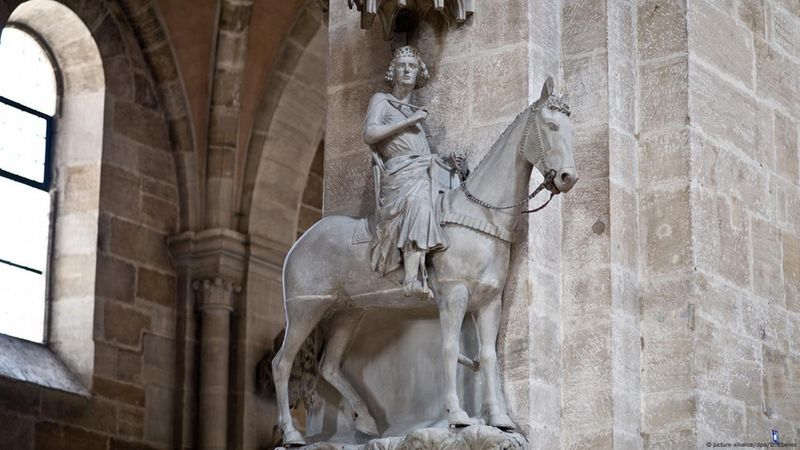
Inside the Bamberg Cathedral stands the Bamberg Horseman, an enigmatic medieval equestrian statue shrouded in mystery. Its identity remains unknown, fueling intrigue and scholarly debate. This life-sized statue, carved with remarkable detail, represents the knightly ideals of chivalry and honor.
Positioned prominently within the cathedral, it captivates visitors with its artistic excellence and enigmatic presence. Some speculate that it depicts a historical or biblical figure, while others view it as a symbol of the medieval ruling class.
6. Beer With A Smoky Twist
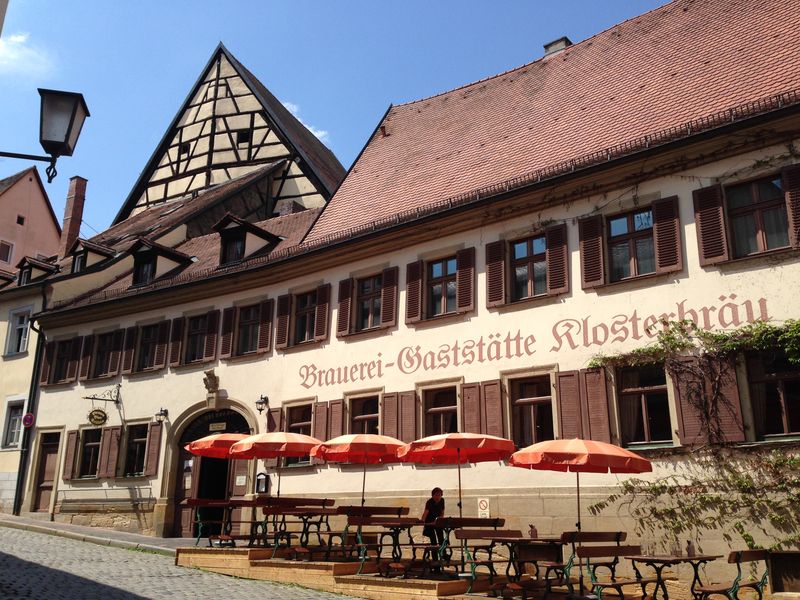
Brewed using malt dried over an open flame, Rauchbier boasts a rich, smoky taste reminiscent of campfires. This traditional brewing method has been preserved for centuries, making Bamberg a pilgrimage site for beer enthusiasts.
Local breweries, such as Schlenkerla, offer a cozy atmosphere where patrons can savor this iconic beer alongside hearty Franconian cuisine. The smoky aroma and bold taste of Rauchbier reflect Bamberg’s brewing heritage, enticing visitors to explore its vibrant beer culture.
7. A Slice Of Little Venice
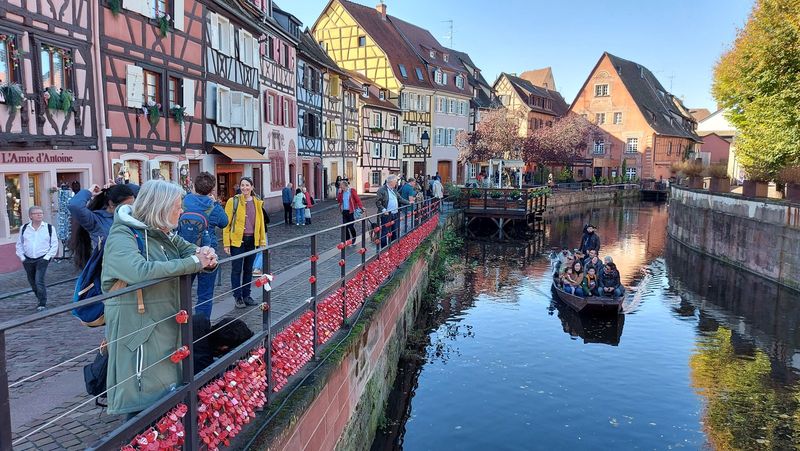
Klein-Venedig (Little Venice) is a charming riverside district that mirrors the romantic allure of its Italian namesake. This picturesque area, once home to the town’s fishermen, features quaint half-timbered houses lining the Regnitz River.
The vibrant facades and lush gardens create a postcard-perfect scene that enchants visitors. Strolling along the riverbanks, one can enjoy scenic views and the tranquil ambiance. During the summer, the river comes alive with boats and lively festivals.
8. Untouched By War
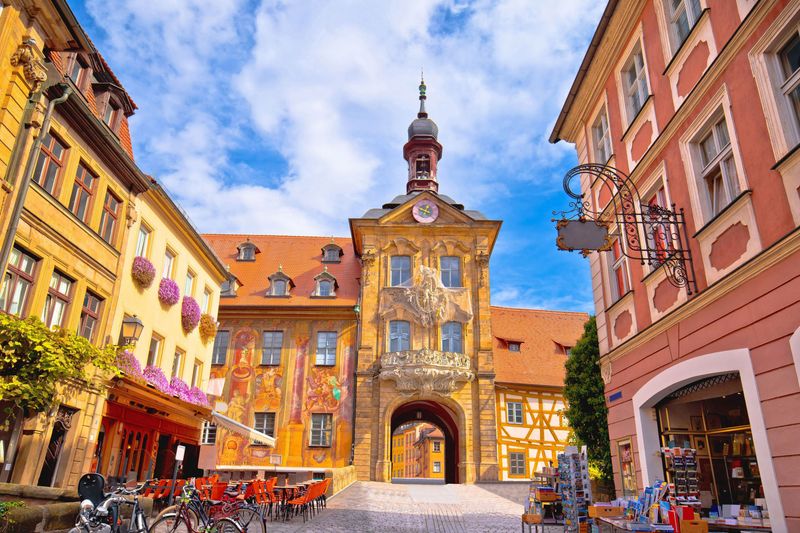
Unlike many European cities, Bamberg emerged from World War II largely untouched, preserving its medieval architecture and layout. This remarkable preservation offers an authentic glimpse into the past, allowing visitors to experience a town as it stood centuries ago.
Walking through Bamberg is like stepping back in time, with its original buildings and streets intact. This historical continuity contributes to the town’s charm and allure, attracting historians and tourists alike.
9. A Castle With A View
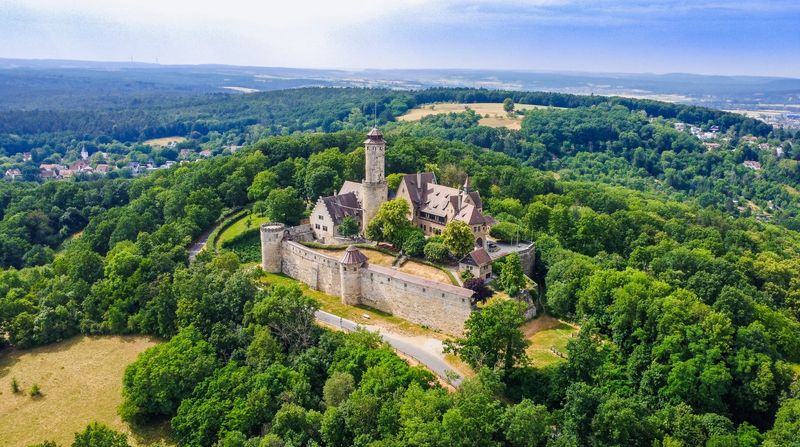
Altenburg Castle, perched atop the tallest of Bamberg’s seven hills, offers breathtaking views of the town and beyond. This medieval fortress, once a residence of Bamberg’s bishops, invites exploration with its towering walls and historical artifacts.
Visitors can climb the castle tower for a panoramic view of the Franconian landscape, a sight that is truly mesmerizing. The castle’s rich history and picturesque setting make it a must-visit for those intrigued by medieval architecture and history.
10. A Garden In Full Bloom

The gardens of Bamberg’s New Residence are a horticultural delight, providing a serene escape amid the town’s historical grandeur. These meticulously manicured gardens showcase a vibrant array of flowers, fountains, and sculptures.
Visitors can leisurely stroll through the floral displays, enjoying the fragrance and tranquility. The gardens offer stunning views of Bamberg’s rooftops and the surrounding hills, providing a perfect backdrop for relaxation and reflection.
11. Historical Museum Bamberg
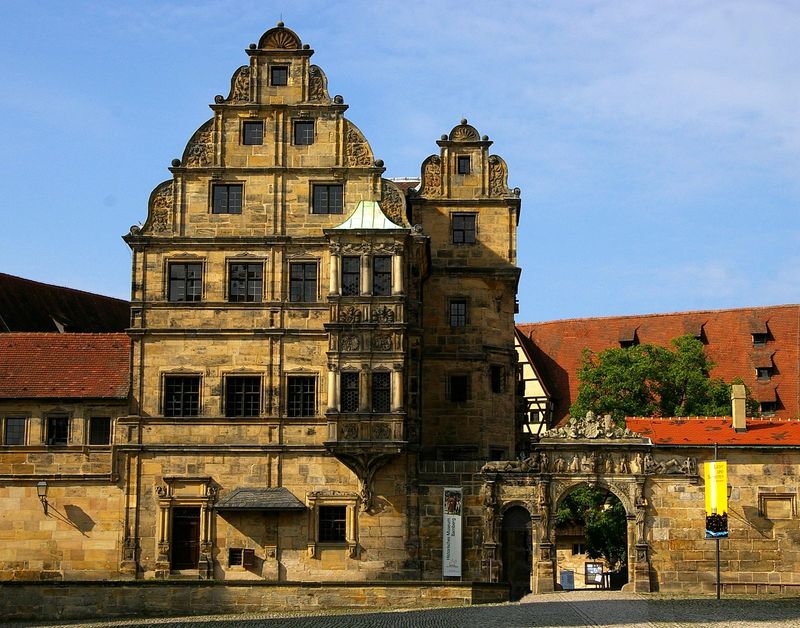
Tucked inside a former bishop’s palace near the Bamberg Cathedral, this museum offers an immersive look at the city’s past. From medieval artifacts and ancient coins to fine art and historical clocks, each exhibit tells a piece of Bamberg’s story.
One highlight is the “100 Masterpieces” collection, which includes works by European greats like Lucas Cranach. You’ll also find thoughtful displays on Jewish life in the region and the cultural role of the nearby Regnitz River. It’s a great stop for anyone wanting to understand what shaped this UNESCO-listed town.
12. The Franconian Cuisine Experience

Bamberg isn’t just about scenery—it’s a culinary destination in its own right. Traditional Franconian dishes like Schäuferla (pork shoulder) and Bamberger Hörnla (croissant-shaped potatoes) reflect centuries of local flavor and hearty hospitality.
Many family-run taverns and beer cellars throughout town serve seasonal specialties using regional ingredients. Whether you’re dining in a historic cellar or on a sunny biergarten terrace, Bamberg’s food scene offers comfort, character, and deep connection to its roots.
